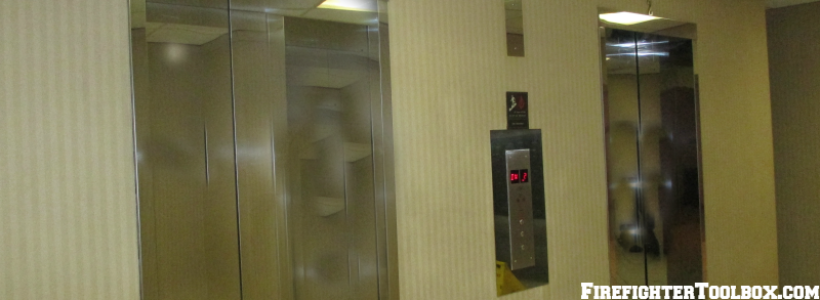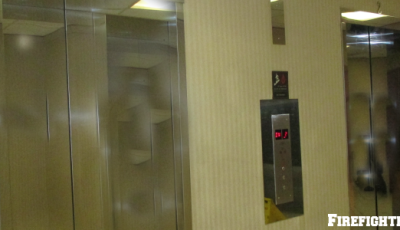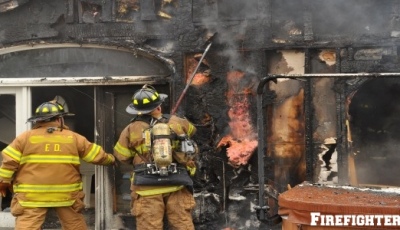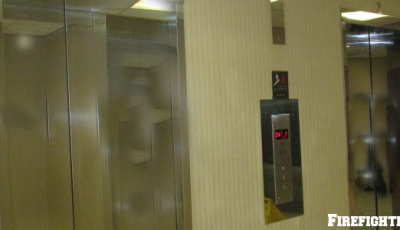Fundamentals of Fire Service Elevator Operations Part 1
When we respond to incidents in buildings with elevators do we know how to best utilize the tools that have been built for us? I am speaking about the use of the Fire Service Elevator. The Fire Service elevator will assist us in gaining access to upper floors in a timely and efficient manner without expending large amounts of energy in order to do the jobs we are tasked to do.
Phase 1 Operation
First off we need to take control of the Fire Service Elevator. The automatic fire alarm usually does this for us by automatically recalling the elevator cars in fire alarm effected area to the Designated Level; which is usually the lobby or main entrance. If there is an activated smoke or heat detector head on the Designated Level the elevator cars will go to an Alternate Designated Level. The doors to the elevators car should be in the open position. This is the first step in controlling the elevator.
To manually recall the elevators to the Designated Level we can activate Phase 1 by using the Fire Service Elevator Control key. This key may be located in several places. Some Fire Departments have a set of keys with them on the apparatus or they are located at the Fire Control Center for the building. Other sets of keys are sometimes left with the doorman, security guard, or maintenance personnel. Most Fire Prevention Codes require that the key that is readily available for fire service personnel. I have suggested to property managers to keep a key in the elevator control room when property management personnel are not on site 24 /7.
3 positions for the Fire Service Elevator Control
- ON (Fire Service Mode)
- OFF(Normal Operation)
- “BY-PASS / RESET
By-Pass allows for normal elevator car operation, even if the heat / smoke detectors are not reset. The key cannot be removed when in the by-pass mode. The Reset will be used to reset the elevator back to normal function when the elevator car is taken out of Fire Service Mode and the key is turned to the “OFF” position.
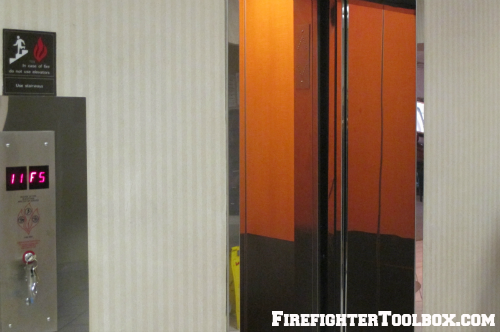
Insert the key into the Fire Service Elevator Control in the elevator lobby. Turn the key to the “ON” position to recall the elevator cars in that bank. You should hear a buzz and the elevators in that bank should return to the level you are on. Once the elevator car(s) arrives at your level the car doors should be in the open position. Be sure to inspect the elevator car(s) for any victims or signs of smoke or heat damage. Look up and down the elevator shaft and or any signs of smoke or fire. If there is visible fire or smoke do not take the elevator. Walk the stairs to the floor that the fire and or alarms have indicated. It will be an arduous task but it is the safest until you know the location and extent of the fire.
If the shaft is clear of smoke and fire we then need to take the key for the elevator lobby Fire Service Elevator Control panel while it is still in the “ON” position. Then place the key into the elevator car’s Fire Service Control Panel and turn the key to the “ON” position in the car. This will activate Phase 2 of the Fire Service Elevator Control.
The next part of this article will discuss how to operate Phase 2.
Stay Safe.
Photo Courtesy John Hayowyk

